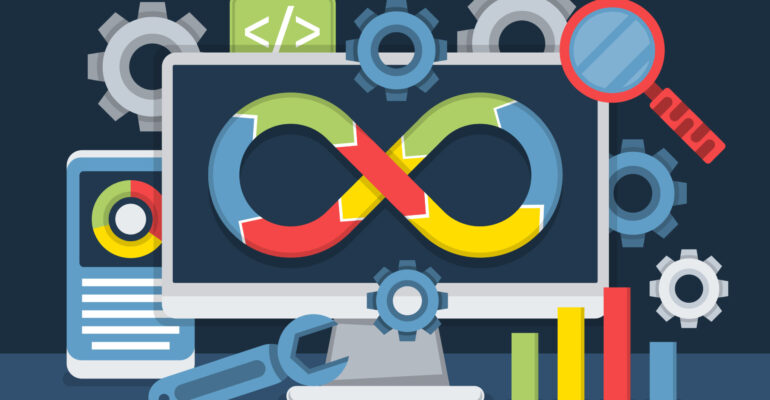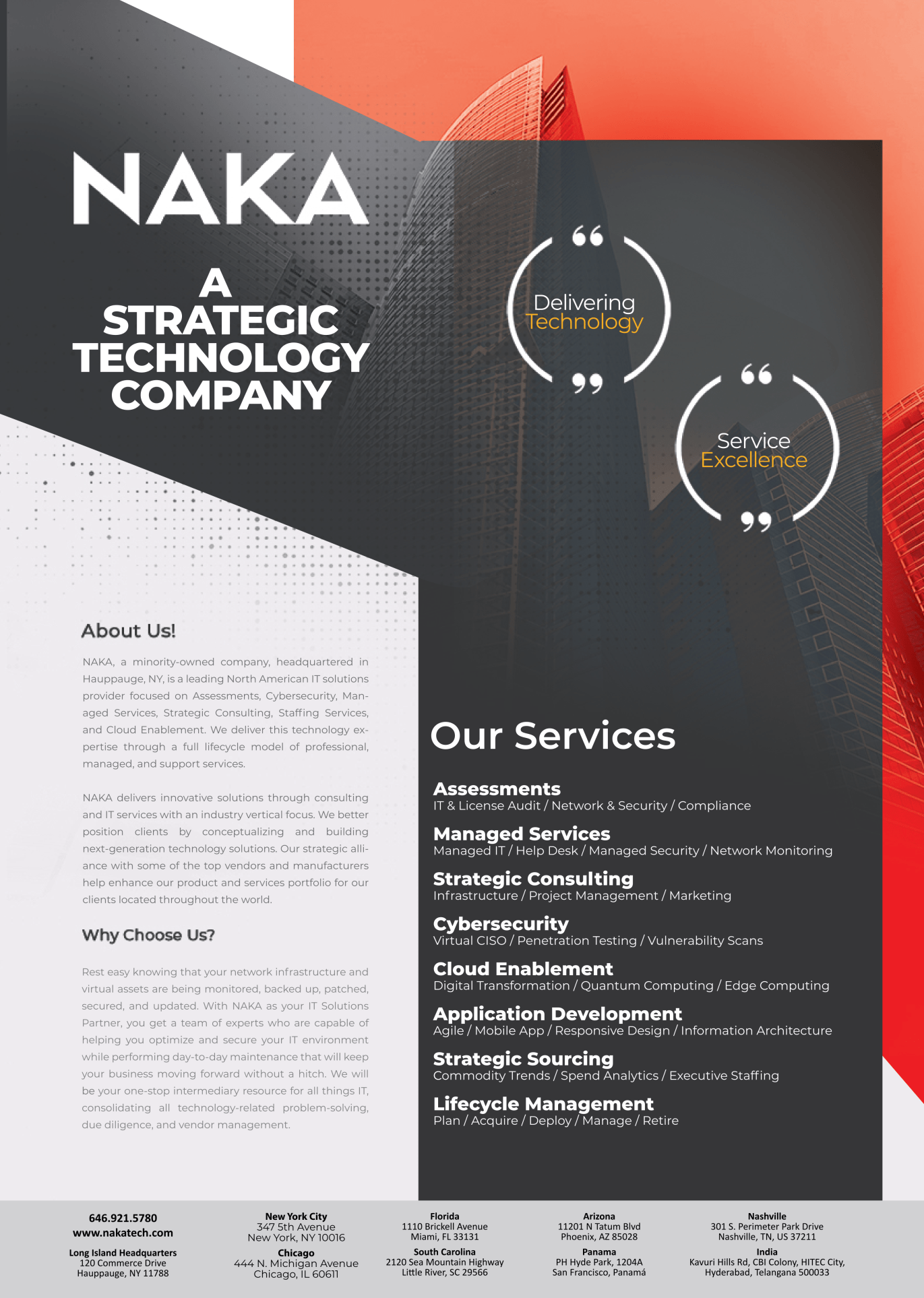What is the difference between Devops and Devsecops?

What is the difference between Devops and Devsecops?
In the field of software development, DevOps and DevSecOps are two different paradigms, each with its own goals and focus. The acronym DevOps, which stands for Development and Operations, was created in response to the demand for software delivery that was more agile and efficient. In order to speed up the release of software products, it places a strong emphasis on encouraging collaboration, dismantling organizational walls between the development and operations teams, and automating procedures. DevSecOps, on the other hand, acknowledges the vital significance of security in the current digital environment and integrates it into the DevOps framework. By including security procedures all across the software development lifecycle, it expands on the concepts of DevOps.
DevSecOps, in essence, expands the ideas of DevOps, which emphasizes speed and agility, to include strong security controls. This way, software is not only provided quickly but also protected against potential risks and vulnerabilities from the start.
Effective Adoption and Implementation Strategies for DevOps and DevSecOps:-
Adoption and implementation strategies for DevOps and DevSecOps are crucial for organizations aiming to streamline their software development processes while ensuring security and efficiency.
- Gradual Adoption: Organizations often find success by gradually implementing DevOps and DevSecOps practices, starting with small pilot projects or teams before scaling up across the entire organization. This approach allows for iterative improvements and reduces the risk of disruption.
- Executive Buy-In: Securing buy-in from executive leadership is essential for successful adoption. Leaders must understand the benefits of DevOps and DevSecOps, including improved speed to market, higher-quality software, and enhanced security posture, and provide the necessary resources and support.
- Cross-Functional Teams: Establishing cross-functional teams composed of members from development, operations, and security departments promotes collaboration and shared responsibility. These teams work together to identify bottlenecks, implement automation, and integrate security practices into the development process.
- Training and Skill Development: Investing in training and skill development ensures that teams have the necessary knowledge and expertise to effectively adopt and implement DevOps and DevSecOps practices. This may involve providing training on relevant tools and technologies, as well as promoting a culture of continuous learning and improvement.
- Measurement and Continuous Improvement: Implementing metrics and key performance indicators (KPIs) allows organizations to track the success of their DevOps and DevSecOps initiatives and identify areas for improvement. Regularly reviewing and refining processes based on these metrics fosters a culture of continuous improvement and ensures that teams remain aligned with organizational goals.
Tooling and Technology Stack:-
The tooling and technology stack are essential components in the DevOps and DevSecOps domains because they allow teams to optimize their development, deployment, and security procedures. A strong tooling ecosystem includes a range of software products that are made to make work easier, promote teamwork, and guarantee the dependability and security of software programs.
Git and other version control systems are essential tools for tracking code changes and encouraging teamwork within development teams. Build, test, and deployment processes are automated by continuous integration (CI) and continuous deployment (CD) pipelines powered by solutions like Travis CI, CircleCI, or Jenkins CI. This enables teams to release code changes consistently and swiftly.
Infrastructure provisioning and management are automated by configuration management tools like Ansible, Chef, and Puppet, guaranteeing uniformity and repeatability across environments. Teams may bundle and manage programs in lightweight, scalable ways by using containerization technologies like Docker and Kubernetes, which allow software to be segregated and portable.
By finding vulnerabilities and enforcing security policies early in the software development lifecycle, security scanning and monitoring technologies like SonarQube, Veracode, and Twistlock aid in the integration of security into the development process.
DevOps and DevSecOps teams may eventually provide value to clients more quickly and securely by automating repetitive processes, accelerating software delivery, and improving the security posture of their applications with the help of a well-built tooling and technology stack.
Regulatory Compliance and Governance
Regulatory compliance and governance are vital in the ever-changing field of software development, especially in sectors like government, healthcare, and finance where strict laws set strict requirements for data protection and privacy. Organizations must successfully manage these compliance obligations when using DevOps or DevSecOps techniques to prevent legal repercussions and reputational harm.
Following legal requirements, industry standards, and standards of conduct such as GDPR, HIPAA, PCI DSS, and SOC 2 constitutes regulatory compliance. Through the promotion of transparency, traceability, and auditability throughout the software development lifecycle, DevOps and DevSecOps can support compliance efforts. In CI/CD pipelines, this entails automating compliance checks, putting access controls in place, and documenting code changes.
In contrast, governance pertains to the implementation of regulations, guidelines, and oversight mechanisms that guarantee software development endeavors are congruent with both corporate goals and legal mandates. This includes setting up roles and duties, implementing security regulations, and carrying out frequent audits to check for compliance.
In addition to reducing legal and financial risks, efficient regulatory compliance and governance procedures within DevOps and DevSecOps frameworks build confidence with stakeholders and customers by displaying a dedication to safeguarding sensitive data and adhering to industry standards.



